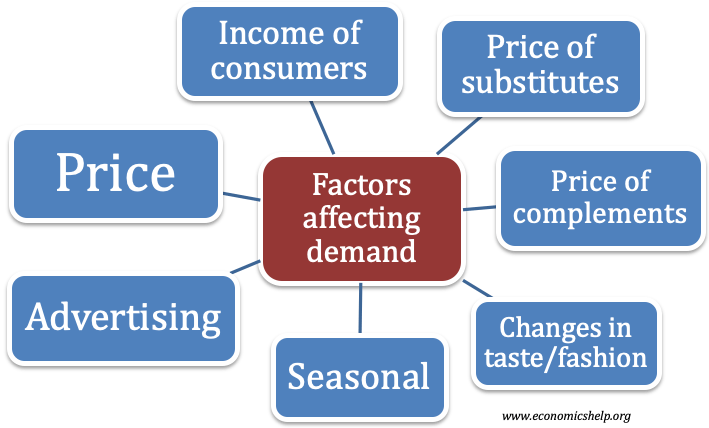How Economic Factors Influence Real Estate Prices

The Tangled Web: How Economic Factors Influence Real Estate Prices
The real estate market, like a delicate ecosystem, thrives on a complex interplay of forces. While location, size, and amenities play a crucial role, it’s the economic factors that truly drive the upswing and downswing of prices. Understanding these influences is essential for both buyers and sellers navigating the market.
The Big Picture: Macroeconomic Factors
- Interest Rates: The cost of borrowing money directly impacts affordability. Low interest rates encourage more buyers to enter the market, boosting demand and pushing prices up. Conversely, rising interest rates make mortgages more expensive, leading to reduced demand and a potential price correction.
- Inflation: When prices for goods and services rise, so does the cost of building materials and labor, impacting construction costs and ultimately affecting the price of new homes. Inflation also affects purchasing power, making it harder for potential buyers to afford homes.
- Economic Growth: A thriving economy with strong job creation and rising wages fuels consumer confidence and spending power, leading to increased demand for housing and higher prices. A stagnant or declining economy, however, can lead to lower demand and price stagnation or even declines.
- Government Policies: Tax breaks, incentives, and regulations all play a role. For instance, policies aimed at promoting homeownership can create increased demand and price appreciation. Conversely, stricter lending regulations can impact affordability and slow down the market.
Local Flavor: Microeconomic Factors
- Employment: The strength of the local job market is a key driver. Areas with high employment rates and attractive industries experience increased demand for housing and higher prices.
- Infrastructure and Amenities: The availability of schools, hospitals, transportation, and recreational facilities influences a neighborhood’s appeal and price.
- Local Supply and Demand: The ratio of available homes to potential buyers determines price dynamics. Low inventory in a high-demand area will drive prices up, while a surplus of homes will put downward pressure on prices.
- Demographics: Population growth, age distribution, and family formation patterns all impact housing demand. Areas with a growing population and a high proportion of young professionals or families often experience higher prices.
A Complex Equation
The relationship between economic factors and real estate prices is not always straightforward. A rising interest rate, for instance, might initially cool a hot market, but it could also lead to an increase in demand for rental properties, driving up those prices.
Navigating the Fluctuations
For buyers, understanding these influences can help make informed decisions. Being aware of economic trends and their potential impact on prices allows for strategic timing and budgeting. For sellers, it’s crucial to price homes realistically based on current market conditions.
The Bottom Line
Real estate prices are a reflection of the broader economic landscape. Staying informed about macroeconomic trends and local market dynamics is crucial for anyone looking to buy, sell, or invest in real estate. Remember, understanding the forces at play can help you make sound decisions and navigate the fluctuating market with confidence.

